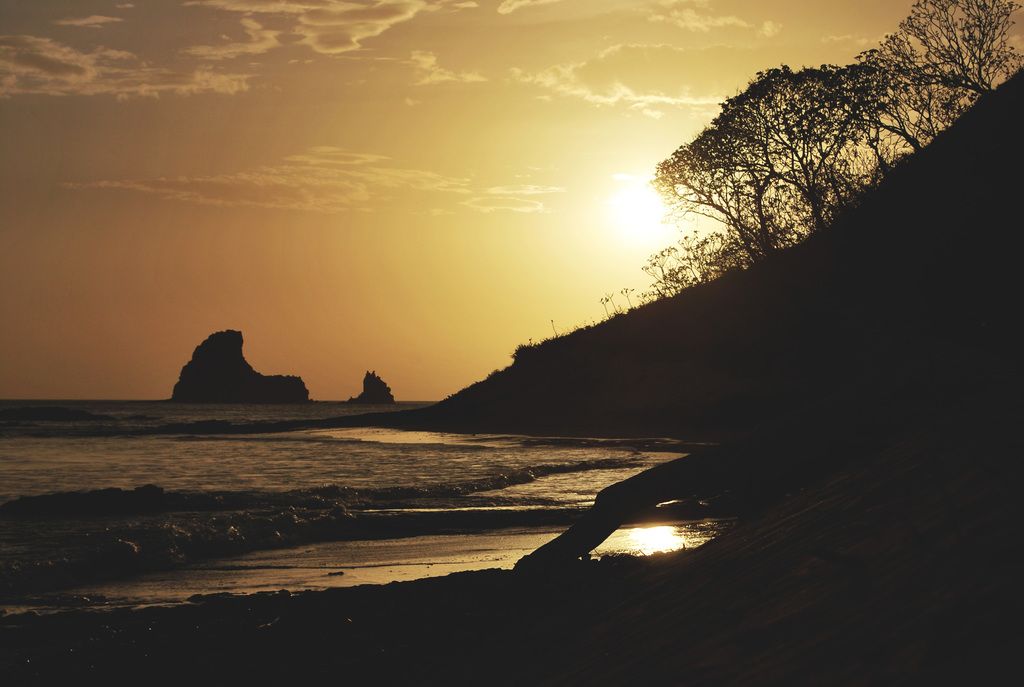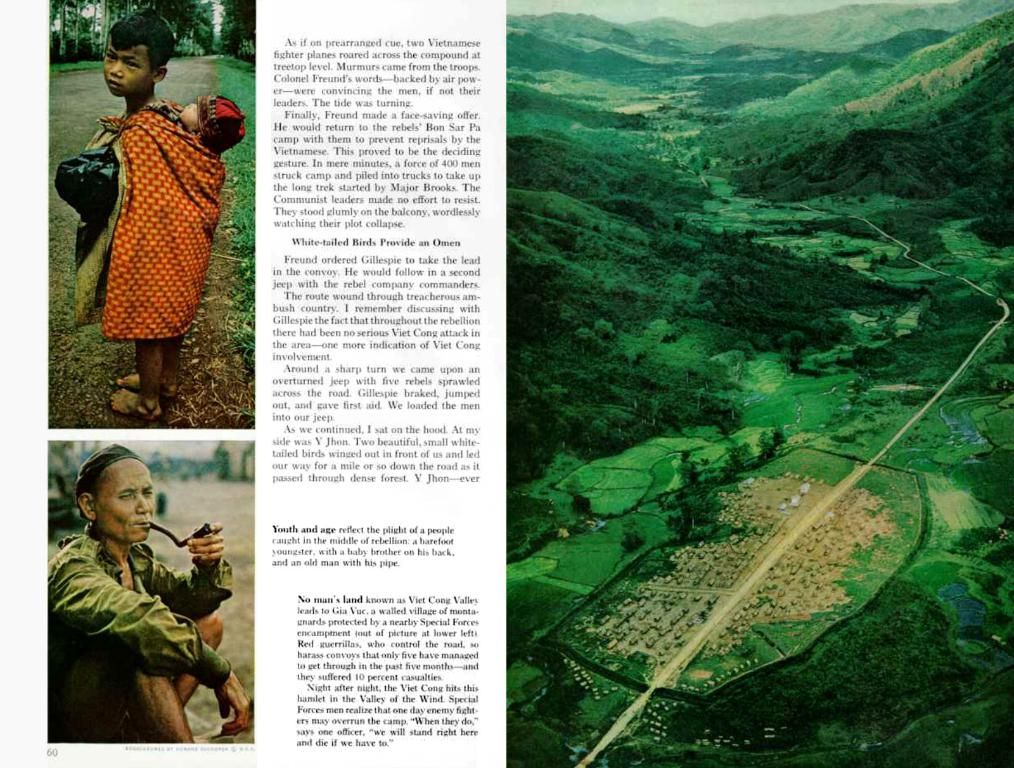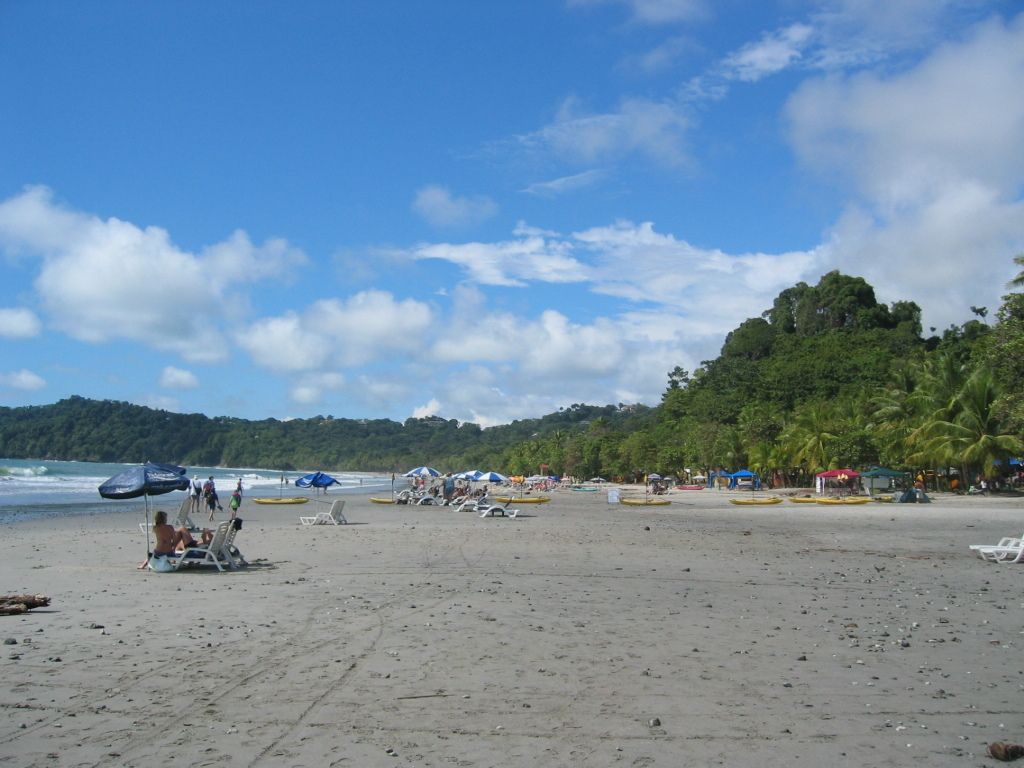Abandoned Mughal Metropolis in India Boasts Majestic Palace and Mosque, Conserving Ancestral Dignity
Unraveling the Mystery of Fatehpur Sikri
A short journey of forty kilometers from Agra, India, takes you to the picturesque, yet enigmatic city of Fatehpur Sikri. Nestled in Uttar Pradesh, this once bustling Mughal Empire palace city was establised by the mighty Emperor Akbar in 1570. However, its reign as a vibrant urban center spanned only 15 short years, with the empire abandoning it around 1585 as they moved towards Lahore, in modern-day Pakistan. But why did this stately sandstone mansion of an imperial dream crumble so quickly?
Water, Power, and Distance
Despite its grandeur, Fatehpur Sikri faced several challenges that led to its downfall. One of the primary issues was the lack of water. The city's remote location made it difficult to access a reliable water source, a critical element for a thriving city. Fatehpur Sikri's isolated position from significant trade routes and the strategic necessity for securing the northern frontier also played a role in its decline. The call to shift the capital to Lahore, a more strategic location for military operations, further hastened the city's fate[1][2].
Jama Masjid and the Saint's Exalted Tomb
However, Fatehpur Sikri was not abandoned without question. Many still believe in the mesmerizing allure of the Jama Masjid's magnificent entrance, the Buland Darwaza, and the whimsical, chiseled white marble mausoleum of Sheikh Salim Chisti, a revered Sufi holy man. It is said that the saint had once promised Akbar a son, and the emperor built the mosque in gratitude. Therefore, the aged, softly illuminated marble monument remains a sacred destination for those seeking a touch of destiny[3].
A Symphony of Architectural Marvels
In the heart of Fatehpur Sikri, sit the palaces constructed for the emperor and his court, an architectural spectacle like no other. Unlike other Mughal cities, Fatehpur Sikri epitomizes a harmonious blend of Hindu and Islamic influences. The craftsmanship of these edifices lies not in extravagant marble or precious stone inlays but in the meticulously carved red sandstone, resulting in a city of subtle elegance. Birbal's Palace, with its delicate, intricate stone lacework, and the fulfillment of a royal princess's serene abode, showcases the city's exquisite craftsmanship[3].
Further on, the fortress-like structure of Jodha Bai's palace evokes the rugged, magnificent Rajput forts of Rajasthan. Its sculpted balconies and niches were designed for the eunuchs attending the privacy of Hindu princesses. At the Panch Mahal, the play of light, shadow, and ingenious architecture culminate in a magnificent five-story aerial palace that once provided respite to the women of the court from the oppressive summer heat[3].
The Diwan-i-Khas - A Seat of Imperial Power
At the heart of imperial power in Fatehpur Sikri lies the Diwan-i-Khas, a seemingly modest yet fascinating hall reserved for private audiences. The structure houses a colossal column topped by a circular platform, where the emperor held court surrounded by walkways leading to the four corners of the hall. This unique layout placed Akbar at the center of the religious and philosophical debates that permeated his reign[3].
Today, the legacy of Fatehpur Sikri continues to amaze and intrigue visitors acros the globe. A stop at Fatehpur Sikri is often included in tours departing from Agra or Delhi, beckoning them to delve deeper into the captivating tale of an imperial utopia that time left behind.
Fatehpur Sikri, Uttar PradeshAgra 282001
Explore more attractions
Book your flight to India
Despite the grandeur of Fatehpur Sikri's architectural marvels, the city's downfall was largely due to its isolated location and lack of reliable water sources needed for a thriving lifestyle, including home and garden. However, the city continues to be a symbol of the harmonious blend of Hindu and Islamic lifestyles, attracting visitors from around the world who seek to uncover the secrets and admire the intricate craftsmanship of this once imperial utopia.




